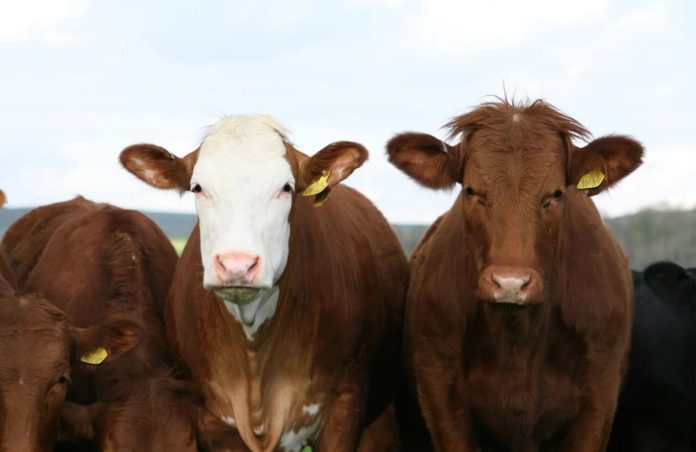A lack of confidence, coupled with uncertainty, generated an easier trade for lighter store cattle in livestock marts over the last weeks.
That is according to IFA livestock chairman, Brendan Golden, who stated that farmers are “already seeing the impact of the inputs crisis”.
He said it is “vital” that farmers continue to finish cattle in line with the country’s “well-established” production systems.
He added that these have been “fundamental” to securing key export markets and have delivered a consistent year-round supply of beef.
“We are already seeing farmers stepping back from purchasing lighter stores and weanlings as the uncertainty and costs build,” he said.
He called on the government to provide “immediate and direct” financial supports to offset the increased costs for feed, fertiliser, and fuel on suckler, cattle rearing and finishing farms.
“There is a real concern the trade of beef animals will be severely disrupted and, in turn, our supply chain for beef if there is a failure to put guarantees in place for farmers who are producing beef for this autumn and next spring,” he said.
Tillage crops
He said measures the fodder and food security committee put forward must focus on supporting suckler and beef farmers.
“Incentives to grow extra tillage are important. However, Minister McConalogue must ensure these measures, and those to grow extra fodder, don’t displace cattle rearing and finishing systems,” he said.
He said the trading of animals is a “critical” component of the livestock sector.
Golden warned that removing grassland from this system, either through the planting of crops or redirecting grass to other sectors, can have “very serious” consequences.
He said the DAFM must base these payments on farmer’s production levels.
The IFA official also identified the availability of key inputs and restrictions on land use under schemes, nitrates requirements and other legal obligations that must be removed to ensure farmers have all lands at their disposal to produce grass.
These include areas such as:
- GLAS: Wild bird cover;
- Traditional hay meadows;
- Low input grasslands;
- The removal of nitrates impediments, including derogation farmers and hedge cutting where necessary to maximise planting areas.





